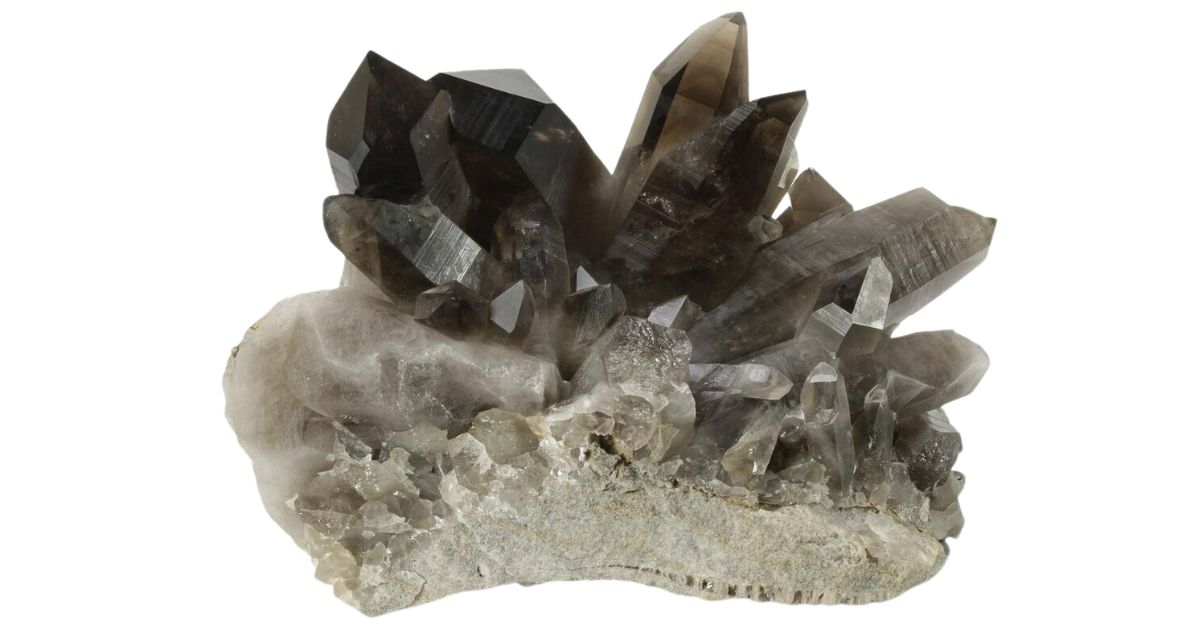Exploring the scenic landscapes of Virginia is an adventure, especially when it comes to finding quartz. Knowing how to find quartz can be tricky, but we’re here to guide enthusiasts through some of the best locations in the state.
Some of the most promising spots to explore include Charlottesville, the Potomac River, and the majestic Blue Ridge Mountains. Each of these places offers a unique experience and a good chance to find beautiful quartz specimens.
Quartz hunting can be a thrilling and rewarding hobby, especially when you know the right places to look. With our guidance, you’ll be well-equipped to discover the hidden gems that Virginia has to offer.
What Is Virginia Quartz Anyway?
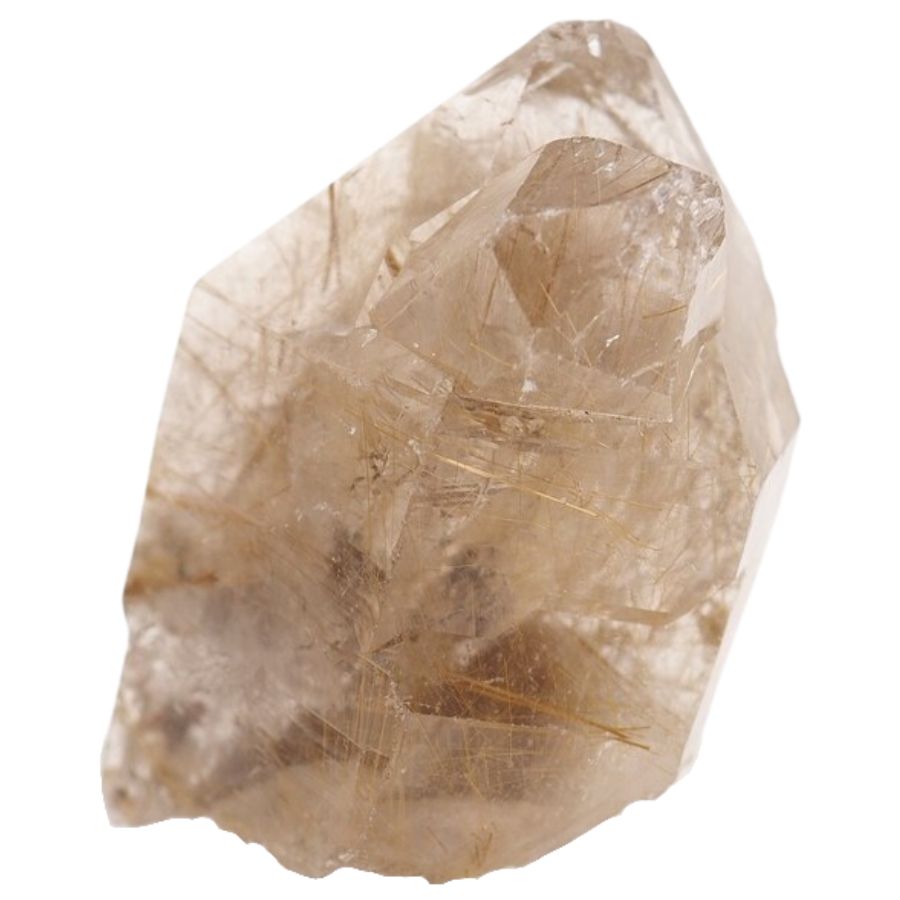
Quartz is a common and fascinating mineral that we often find in our geological adventures. Understanding how to identify quartz is key, and it’s not too hard once you know what to look for.
Typically, quartz is hard, has a glassy luster, and can range in color from clear to various shades like pink, white, or even black. It’s also known for its beautiful crystal shapes, which can be really exciting to find.
It’s often found in igneous rocks, which form from cooled magma, and in metamorphic rocks, which have been transformed by heat and pressure.
Quartz also appears in sedimentary rocks, made from consolidated mineral or organic particles.
The value of quartz varies depending on its form and quality. While common quartz types are generally affordable, certain varieties can be quite valuable.
The Types Of Quartz Found In Virginia
These quartz varieties are nestled in the rich soils and rocky terrains of Virginia, waiting to be discovered.
- Amethyst
- Aventurine
- Blue Quartz
- Bull Quartz
- Milky Quartz
- Prase
- Rock Crystal
- Rose Quartz
- Rutilated Quartz
- Scepter Quartz
- Smoky Quartz
- Star Quartz
Be sure to check out our guide to crystal mining in Virginia, which has insights and information on where to find quartz and other kinds of crystals in the state.
- The deep experience and understanding of our team about the area
- Recommendations from local groups and clubs
- How easy it is to get the a particular location
- Safety and potential hazards when collecting
- Weighing private and public locations
- The ability for both experienced and novice geode enthusiasts to find great samples
With these factors in mind we’ve been able to put together a fantastic list that just about anyone can use!
The Best Places To Find Quartz in Virginia
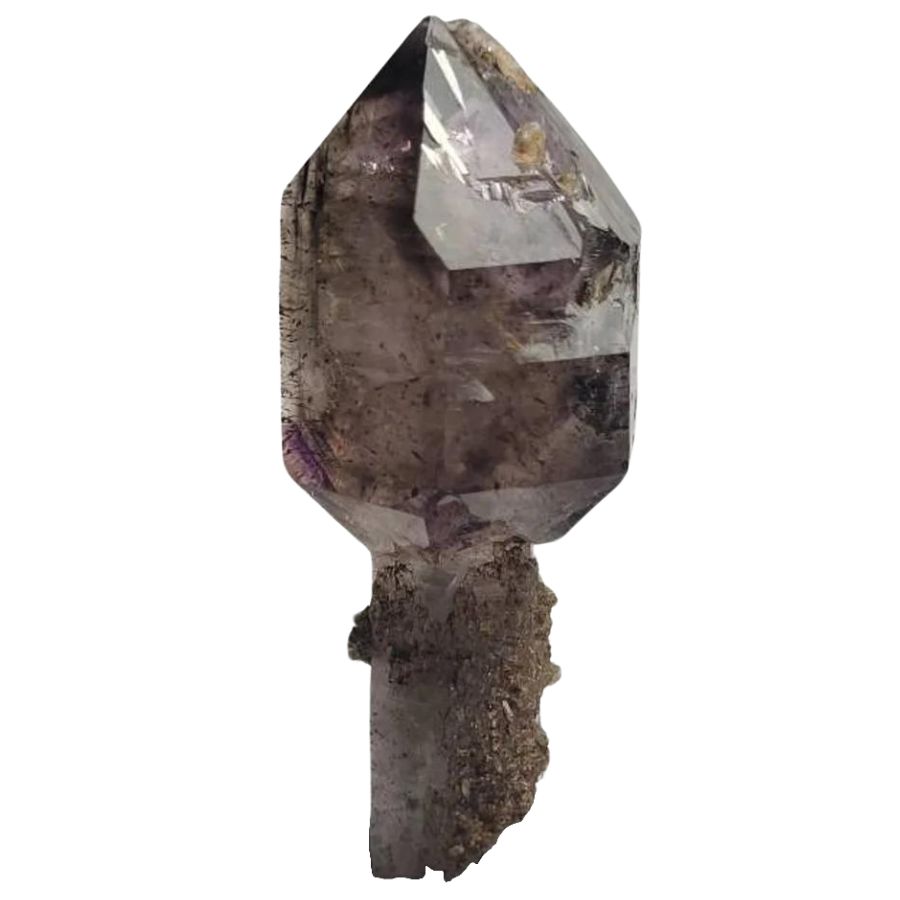
In our expeditions, we’ve learned that having the right guidance is crucial for success in quartz hunting. The best places often require a keen eye and knowledge about the local geology.
We also have a guide on how to mine gems in Virginia. It’s full of valuable information for anyone looking to delve deeper into gem mining.
Always Confirm Access and Collection Rules!
Before heading out to any of the locations on our list you need to confirm access requirements and collection rules for both public and private locations directly with the location. We haven’t personally verified every location and the access requirements and collection rules often change without notice.
Many of the locations we mention will not allow collecting but are still great places for those who love to find beautiful rocks and minerals in the wild without keeping them. We also can’t guarantee you will find anything in these locations since they are constantly changing.
Always get updated information directly from the source ahead of time to ensure responsible rockhounding. If you want even more current options it’s always a good idea to contact local rock and mineral clubs and groups
Potomac River
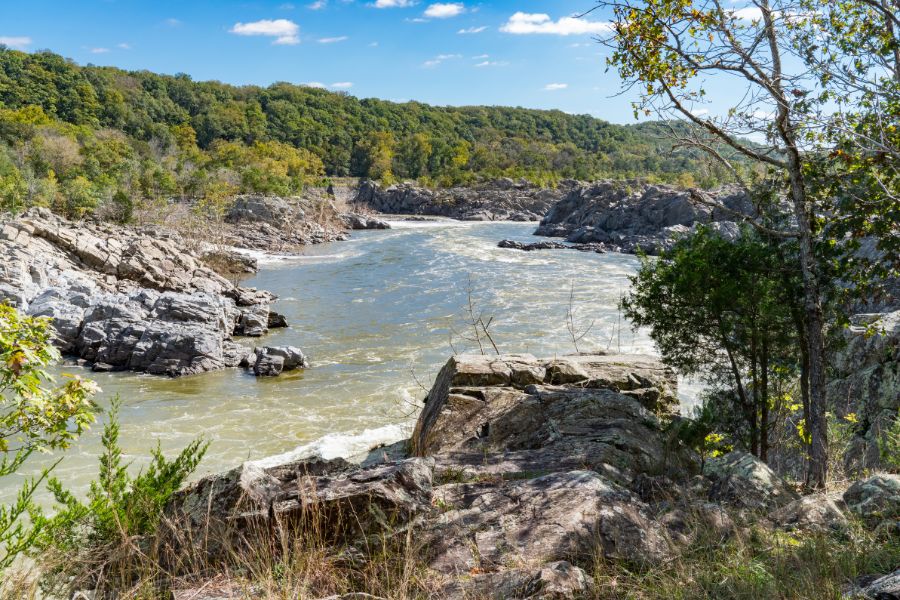
The Potomac River, flowing gracefully through diverse landscapes, offers a unique geological journey. Its banks have a mix of sedimentary rocks like sandstone and shale, which reveal the river’s long history.
The river carves through various terrains, creating cliffs and valleys that reveal layers of the earth’s past. These formations not only provide a stunning view but also give us clues about the environmental changes over millions of years.
Along its course, the Potomac exposes a range of minerals and rocks. You’ll often find various minerals nestled in its riverbeds and surrounding areas.
Make sure to always check with the Virginia Department of Conservation and Recreation to understand the guidelines for responsible rock collecting.
They provide the necessary information to ensure our hobby is both enjoyable and respects the natural environment.
Where we found quartz in the Potomac River
You can spot quartz in the riverbeds and along the sandy shores, where the water has eroded the surrounding rocks. These quartz pieces range from small, translucent fragments to larger, more distinct crystals.
Additionally, we’ve explored the Difficult Run River, a tributary of the Potomac, where there’s a notable quartz outcrop.
DON'T MISS OUT ON ANY GREAT FINDS!
While you're out searching for Crystals you're going to find A LOT of other interesting rocks and minerals along the way. The last thing you want to do is toss out something really interesting or valuable. It can be easy to misidentify things without a little guidance.
We've put together a fantastic field guide that makes identifying 140 of the most interesting and valuable rocks and minerals you will find REALLY EASY. It's simple to use, really durable, and will allow you to identify just about any rock and mineral you come across. Make sure you bring it along on your hunt!
Blue Ridge Mountains
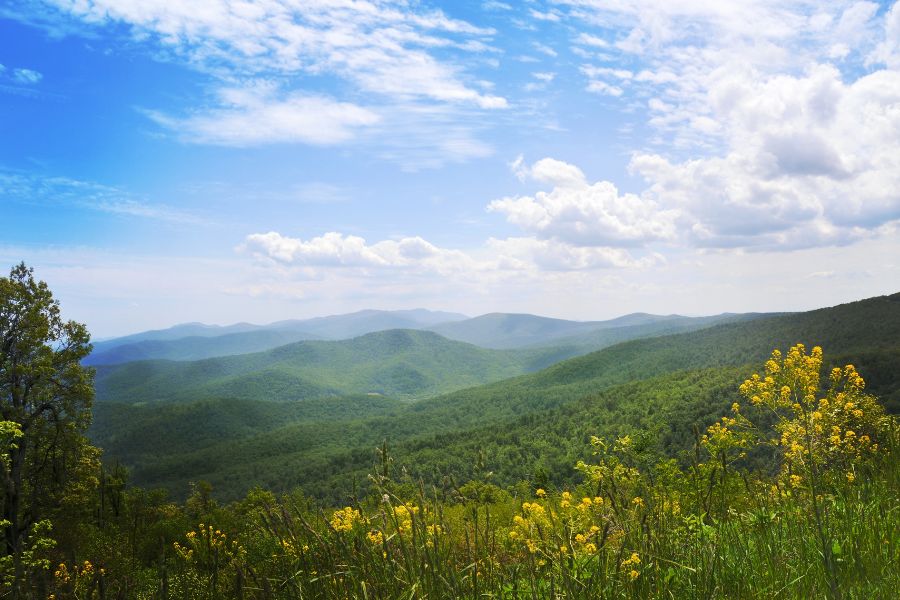
The Blue Ridge Mountains are a part of the Appalachian Mountains, stretching far and wide with a breathtaking view. They have rugged terrain and steep slopes, covered in a mix of deciduous and coniferous forests.
Geologically, these mountains formed over millions of years and consist mainly of igneous and metamorphic rocks. We often find granite and gneiss here, which are a testament to the area’s dynamic geological history.
In our explorations, we’ve discovered that these mountains are rich in minerals, including various types of quartz.
Where we found quartz in Blue Ridge Mountains
For those wondering where to mine for quartz, the mountain’s lower elevations, especially near streams, are a good starting point. We’ve also had success finding quartz in areas where natural erosion has occurred.
Albemarle County
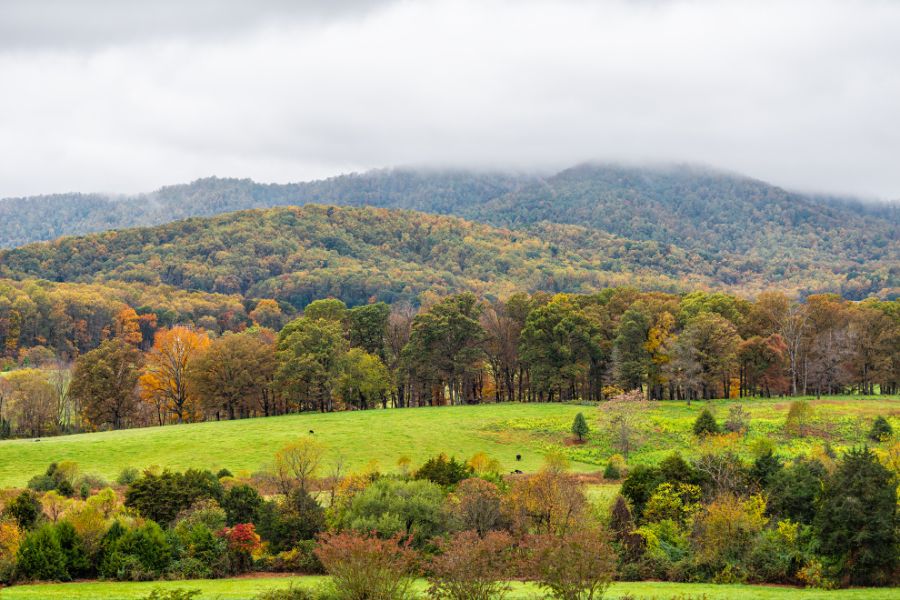
Albemarle County is characterized by its rolling hills and lush, green valleys. It has diverse landscapes, ranging from dense forests to open farmland.
Geologically, the county is a part of the Piedmont region, known for its complex rock formations. Here, you’ll encounter a mix of metamorphic rocks like schist and gneiss.
In our trips around Albemarle County, we’ve noticed that the soil composition varies greatly. This diversity makes the area an interesting spot for geological studies.
Where we found quartz in Albemarle County
Areas in Charlottesville, Faber, and the Fan Mountains have proven to have good quartz deposits. Quartz can often be found in mines, roadcuts, and old prospects.
Additionally, the Mechum River area is another spot where we’ve successfully located quartz, particularly in the railroad cuts along its banks.
Roseland
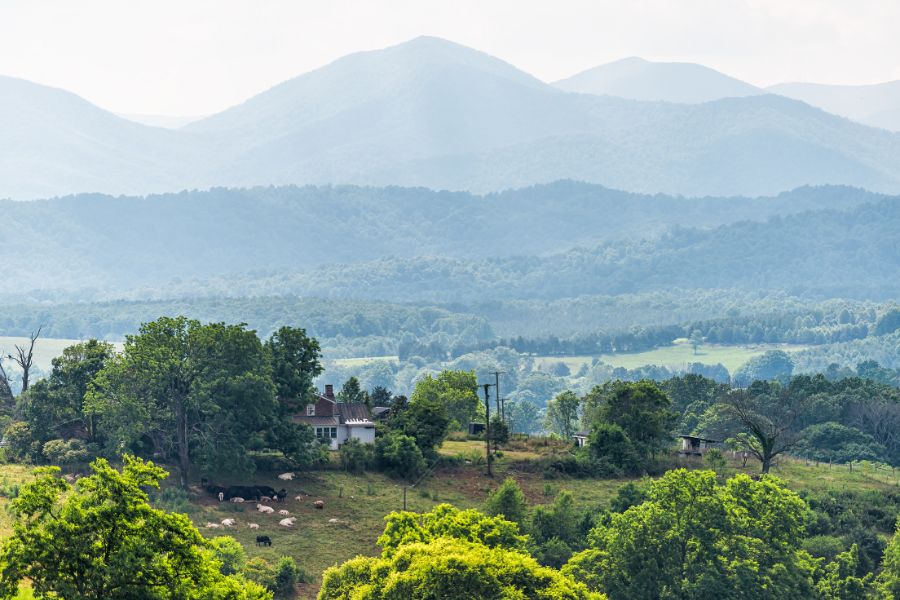
Roseland is nestled in a region characterized by rolling hills and lush forests. The landscape here varies from dense woodland to open meadows.
From a geological perspective, Roseland is fascinating due to its diverse rock formations. We often encounter sedimentary rocks like sandstone and shale, along with metamorphic rocks such as schist.
In our explorations, we’ve also observed the soil composition in Roseland. This varied soil is a result of the area’s dynamic geological history, making it an interesting place for both geologists and rockhounds.
Where we found quartz in Roseland
We’ve found that quartz is often located in the mines and prospects scattered throughout the area. The quartz here can vary in appearance, sometimes being quite clear, other times having a milky or smoky look.
Rappahannock River
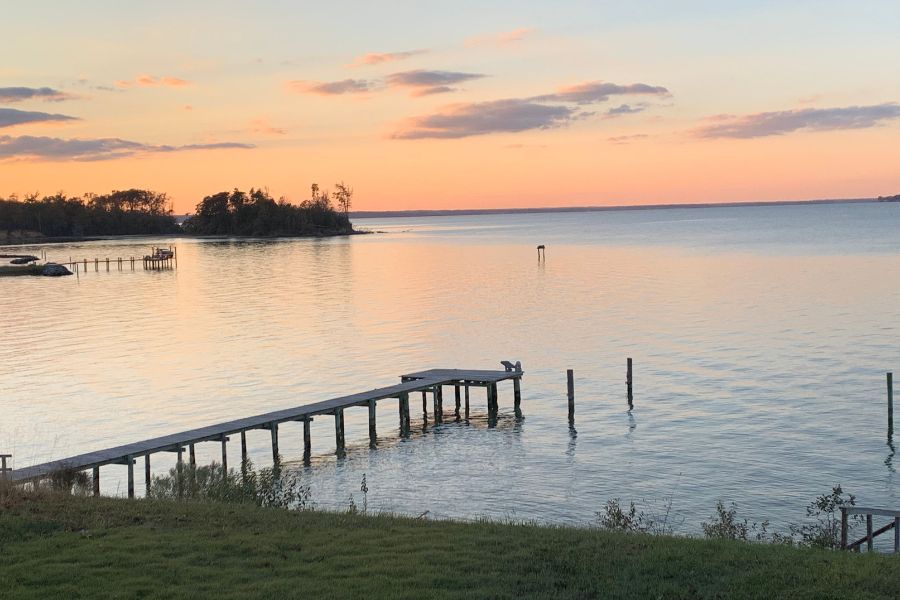
The Rappahannock River flows through a varied landscape, from its mountainous beginnings to the wide, tranquil stretches as it nears the sea. Along its journey, there’s a mix of rugged terrain and serene, flat plains.
Geologically, the river cuts through several interesting formations. There are sedimentary rocks like sandstone and shale, along with metamorphic rocks such as quartzite.
The river’s banks and nearby areas have shown us a range of soil types. These soils, enriched by the river’s constant flow, reflect the rich and varied geology of the region.
Where we found quartz in the Rappahannock River
We’ve discovered that quartz can be found in various locations near the water. The riverbeds and banks, especially after heavy rains, often reveal hidden quartz deposits.
Other Great Places To Find Virginia Quartz
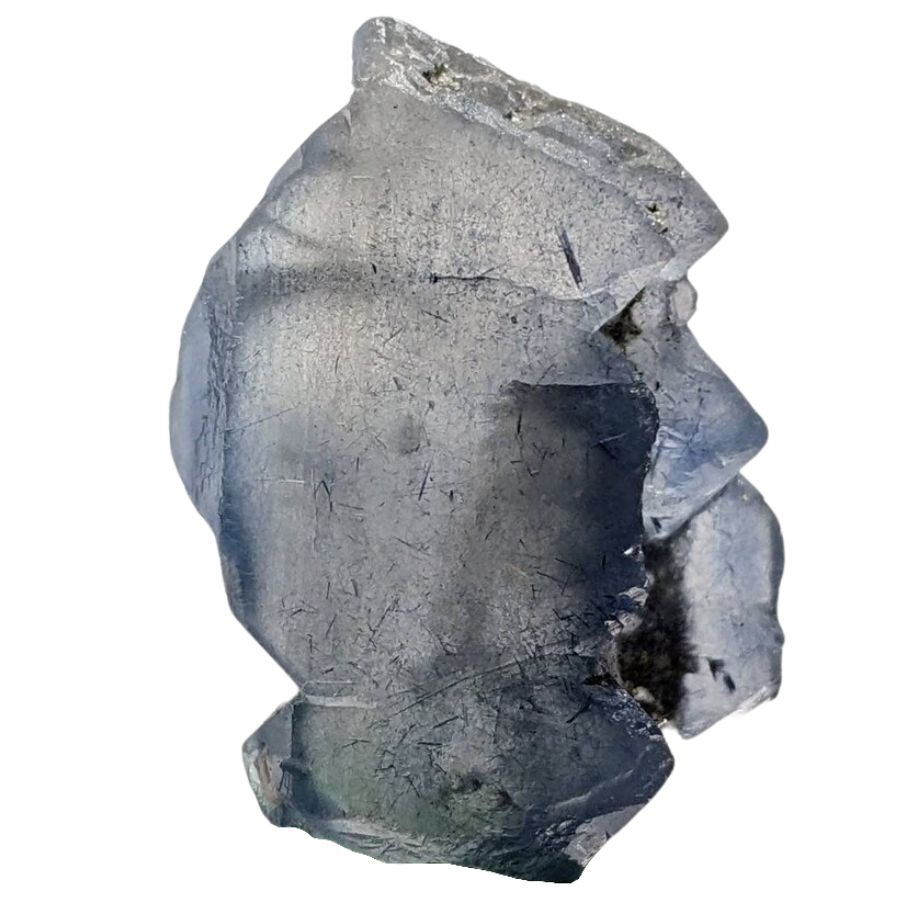
We’ve compiled a list of areas that have been especially fruitful in our quartz hunting endeavors. These locations range from riverbeds and mountainsides to old mines and quarries, all with the potential for finding quartz.
Our recommendations by county
| County | Location |
| Amelia County | Saylers Creek |
| Amherst County | Buffalo Ridge |
| Appomattox County | Appomattox River Prospect |
| Arlington County | Chain Bridge |
| Augusta County | Spottswood |
| Bath County | Chestnut Ridge |
| Bedford County | Moneta |
| Bland County | Rocky Gap Quarry |
| Botetourt County | Buchanan |
| Buckingham County | Bremo Bluff |
| Campbell County | Staunton River |
| Caroline County | Ladysmith |
| Carroll County | Laurel Fork |
| Charlotte County | Virgilina Mining District |
| Culpeper County | Richardsville |
| Dinwiddie County | Bolster Store |
| Fairfax County | Mineral Ridge |
| Fauquier County | Chester Gap |
| Floyd County | Chestnut Creek Wetlands |
| Fluvanna County | Byrd Creek |
| Franklin County | Chestnut Mountain |
| Frederick County | Hayfield |
| Giles County | Spruce Run |
| Goochland County | Goochland |
| Grayson County | Flat Ridge formation |
| Greene County | Middle River |
| Halifax County | Virgilina Mining District |
| Hanover County | Ashland Mill |
| Henrico County | Richmond |
| Henry County | Smith River |
| King George County | Mathias Point |
| Loudoun County | Conklin |
| Louisa County | Trevilians |
| Madison County | Rose River |
| Montgomery County | Southern Section-Blue Ridge Province |
| Nelson County | Tye River Gap |
| Orange County | Gold-Pyrite Belt |
| Patrick County | Jefferson Peak Prospect |
| Pittsylvania County | Gretna |
| Powhatan County | Farley Mine |
| Prince Edward County | Baker Mountain |
| Prince William County | Minnieville |
| Rappahannock County | Bessie Bell Mountain |
| Roanoke County | Old Sheperd Farm |
| Rockingham County | South Fork Shenandoah River |
| Scott County | Arcadia Mining District |
| Shenandoah County | Shenandoah Valley |
| Smyth County | Broadford |
| Spotsylvania County | Brokenburg |
| Stafford County | Stafford Quarry |
| Warren County | Front Royal |
| Wythe County | Sand Mountain |
Common Quartz-Hunting Questions
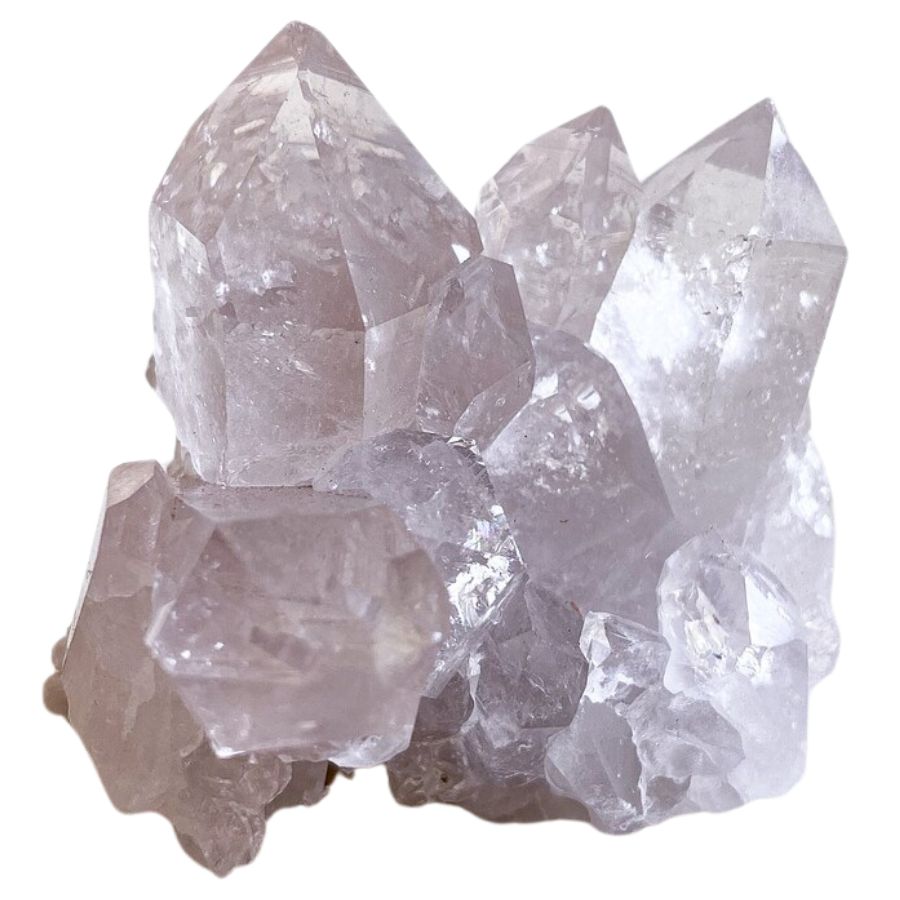
In our adventures searching for Virginia quartz, we’ve encountered many interesting inquiries from fellow rock enthusiasts.
Is it illegal to collect quartz in Virginia?
Collecting quartz in Virginia is generally legal, but it depends on where you are and whose property you’re on. If you’re on private land, you must have the landowner’s permission to collect any rocks, including quartz.
On public lands, such as state parks, national forests, and wildlife management areas, different rules apply. Many of these places allow rock collecting for personal use, but there might be limits on the amount you can take.
In some locations, collecting any kind of rocks, minerals, or natural artifacts is prohibited to protect the environment. It’s always a good idea to check the specific regulations of the area you plan to visit.
Lastly, commercial collecting, where you intend to sell what you find, usually requires a permit. Always research and follow local laws to ensure your rockhounding is both fun and legal.
The Best Places To Buy Quartz In Virginia
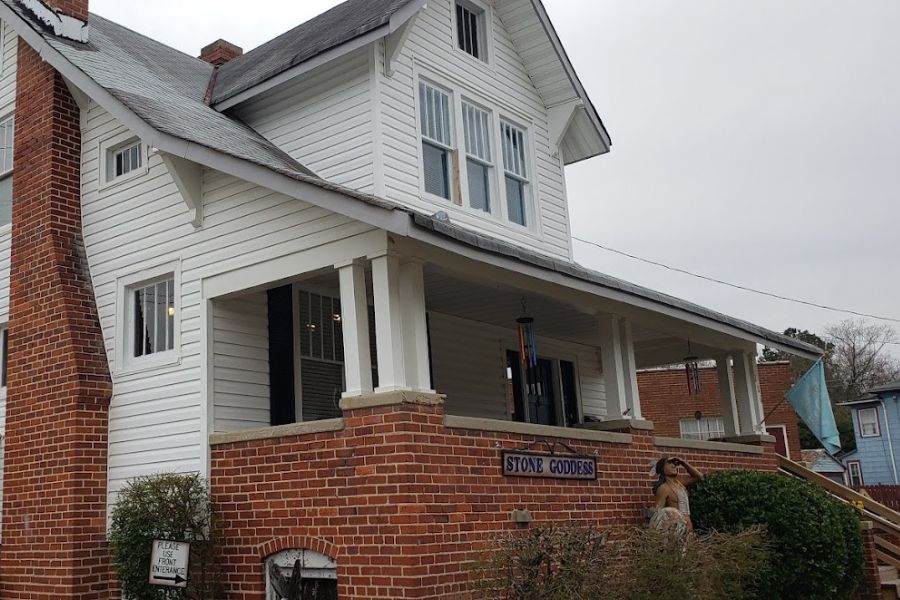
We’ve visited many shops throughout our travels where you can buy beautiful quartz specimens. These shops offer a wide range of quartz, from small, polished pieces to large, natural crystals.
Here are our top picks:
- Aquarian Bookshop – 12 S Thompson St, Richmond, VA 23221
- Packard’s Stamp and Rock Shop – 13131 Midlothian Tpke, Midlothian, VA 23113
- Stone Goddess Rock Shop – 206 Chesterfield Ave, Colonial Heights, VA 23834
- Minerals & Mystics – 345 Hillsdale Dr, Charlottesville, VA 22901
- The Crystal Case Rock Shop – The Barrett Street Antique Mall, 2645 Dean Dr #901, Virginia Beach, VA 23452

